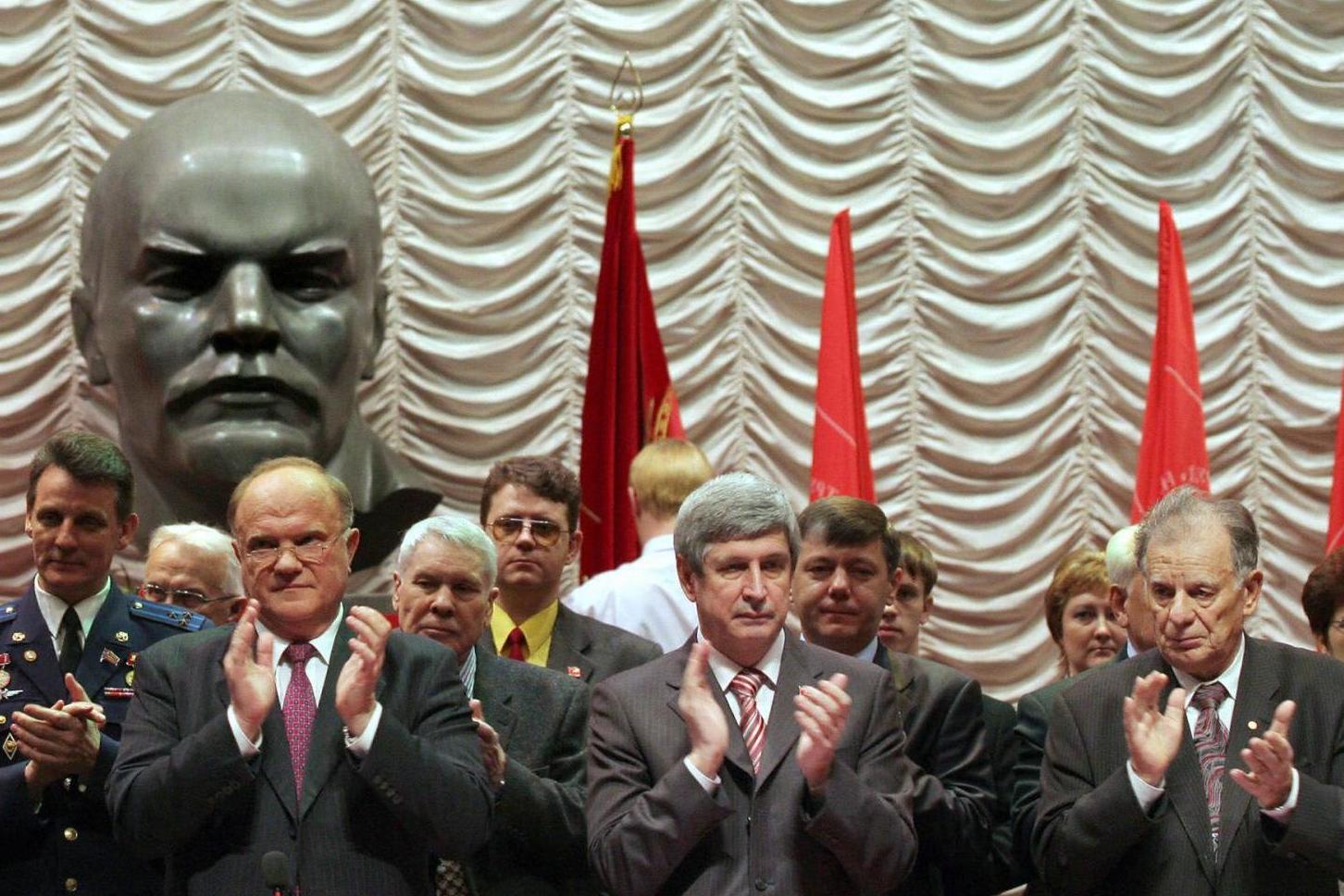Zhores Alferov: physicist who provided the molecular foundation for our digital society
The Russian scientist was a pioneer in the development of semiconductor heterostructures and won the Nobel Prize for physics in 2000

Zhores Alferov was the Nobel prize-winning Russian physicist who developed a semiconductor that helped usher in the modern information revolution. This proved an integral part of such wide-ranging technologies as barcode readers, mobile phones, light-emitting diodes and fibre-optic cables.
Alferov, who died in Saint Petersburg aged 88, was a pioneer in the development of semiconductor heterostructures, key parts of laser diodes and fast, tiny transistors. He also served as a Communist Party member in the Russian parliament, where he sought to safeguard scientific research.
He and Herbert Kroemer, an engineer and physicist at the University of California at Santa Barbara, shared half of the Nobel Prize in Physics in 2000 for their independent work on semiconductor heterostructures. The other half of the prize went to Texas Instruments engineer Jack Kilby for helping to invent the integrated circuit.
Developed in the mid-20th century, semiconductors made possible the high-speed, low-power switching of electric currents on and off. This opened the doors to the computer era and the rapid transmission of information.
While early semiconductors were often made of silicon, heterostructure semiconductors were made of two different substances, including compounds of gallium and arsenic. They were more efficient, offered far higher speeds of on-off switching, and were more suitable for guiding signals into and out of optical fibres.
The Nobel committee credited heterostructure semiconductors and the integrated circuit, known as the microchip, with providing the molecular foundation for the reshaping of society.
Zhores Ivanovich Alferov was born in Vitebsk, in what is now Belarus, in 1930. His mother was a homemaker and librarian; his father was a committed Bolshevik who led a cavalry unit in the Russian civil war and recounted meetings with Soviet leaders Vladimir Lenin and Leon Trotsky.
Alferov’s first name, Zhores, was a Russian rendition of the last name of Jean Jaures, a French socialist leader who was assassinated in 1914. Alferov’s older brother was given the first name Marx in honour of Karl Marx and was killed while serving in the Red Army during the Second World War.

Zhores developed an interest in physics while at an all-boys school in Minsk and, in 1952, graduated from the Electrotechnical University in what was then known as Leningrad. He completed his schooling at the city’s Ioffe Physical-Technical Institute, where he worked as a senior researcher and laboratory head before being elected director in 1987.
Alferov and his laboratory began producing heterostructure devices in the late 1960s. Of “utmost importance”, he wrote in a biographical sketch for the Nobel, was the production of lasers that could operate at room temperature.
He recalled that on his first visit to the US in 1969, a report he developed on laser advances “produced an impression of an exploded bomb on American colleagues”. A competition ensued to develop a continuous-wave laser operating at room temperature, and Alferov said his lab defeated Bell Labs in New Jersey by a month, resulting in the “rapid development of optical fibre communication”.
Alferov had two children with his wife, Tamara Darskaya.
In his biographical sketch, Alferov emphasised the importance of upholding scientific research through the Russian Academy of Sciences. The academy was nearly dissolved in the 1920s, he said, when it was viewed as “an inheritance from the tsarist regime”, and faced a similar threat in the 1990s, when it was deemed “an inheritance from the totalitarian Soviet regime”.
Alferov said scientific workers of all kinds stood firm in support of the academy, and that he consented to become a member of Russia’s parliament in 1995 only to ensure the organisation’s safety. In doing so, he said, he and other researchers “made compromises with the power but never with the conscience”.
“All that had been made by human beings, in principle,” he added, “was made due to science”.
Zhores Ivanovich Alferov, physicist, born 15 March 1930, died 1 March 2019
© Washington Post
Join our commenting forum
Join thought-provoking conversations, follow other Independent readers and see their replies
Comments